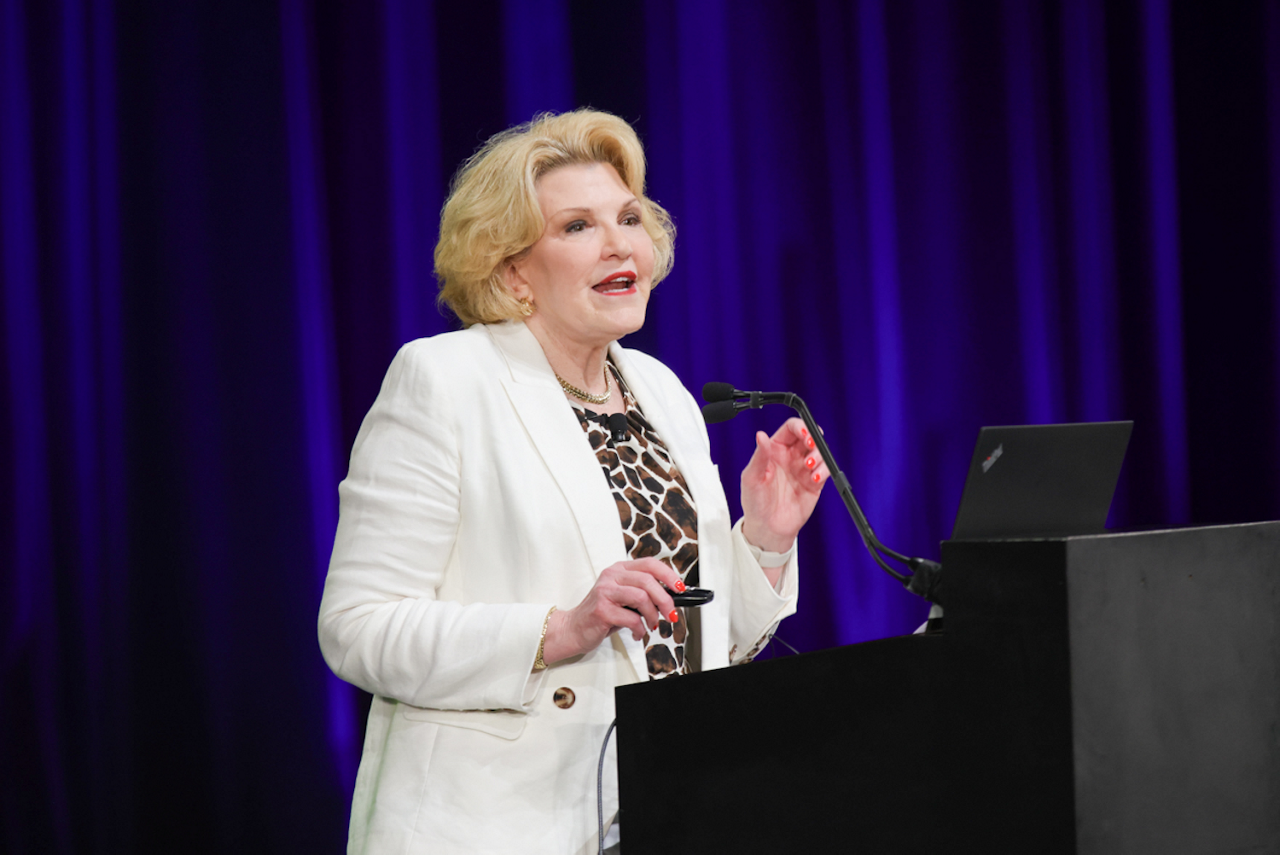Workforce dynamics and business operations risk swift disruption through an economic upheaval brought by fiscal policies, inflation, or changes in international trade. Such interruptions have long-term effects on India’s intricately linked economy, particularly for sectors with high labor dependency or thin profit margins.
Therefore, HR leaders are essential to organizational readiness. They must abandon reactive approaches and create adaptive systems that support companies in navigating uncertainty while safeguarding employee well-being. This blog describes practical measures with strategies that HR professionals can adopt to mitigate economic shocks.
Understanding the Indian Landscape
India’s economy is known for its resilience, but it still faces challenges such as inequality, infrastructure gaps, and job creation. According to the Reserve Bank of India (RBI), inflation and international trade disruptions are the key risks to the economic outlook for 2025. The Economic Survey 2024–25 shows that MSMEs and informal sector workers have been hardest hit by an uneven recovery.
For HR professionals, the dual responsibility is to secure the constitution and the continuation of the business. The following are some proactive interventions offered by HR:
1. Develop a Resilient Workforce Strategy
Economic shocks come with cost-cutting, hiring freezes, and in the worst-case scenario, layoffs. The complex emotions that arise due to such events must be considered by HR, especially employee resilience.
Key actions to be taken consist of:
Workforce Planning According to Scenarios: Prepare various workforce plans based on the most optimistic, cautious, and unfavorable economic scenarios. Each scenario must cover the hiring requisites, learning objectives, redeployment options, and financial consequences.
Identify Critical Functions & Skills: To meet resource constraints, organizations must identify critical roles and consider the retention and cross-skilling of persons in those roles at all times. These acts are facets of workforce readiness principles set up by SHRM India.
Temporary and Flexible Talent Pools: Build a flexible pool of freelancers, consultants, and part-timers. These talent pools enable operations to scale up or down quickly without harming full-time employee morale.
2. Invest in Skill Development, Not Just Cost Cuts
Training budgets are often among the first to face reductions during financial stress. However, cutting back on capability building can limit an organization’s ability to recover.
HR professionals should focus on:
Training for Future Skills: According to NASSCOM, 43% of IT employers reckon skill gaps to be a risk greater than market competition. Therefore, HR is the base for preparing the workforce with digital literacy, data skills, and cross-functional training.
Internal-Mobility Programs: Reskill people to take up new roles internally rather than hiring from outside as a morale booster and reduce onboarding costs.
Leadership Coaching: Mid-level managers suffer the maximum pressure during disruptions. These coaching programs enhance managers' ability to handle change and support teams under stress.
3. Improve Communication and Employee Well-Being
Employees usually feel anxious when the economy is in trouble. HR professionals need to be transparent and provide support systems to grow psychological safety and trust in the environment.
Key approaches include:
Open communication and two-way traffic: Advertise late announcements regarding company performance and how that might affect them. Employees can ask questions, voice concerns, and even solve some.
Mental Health Support: Offer 24/7 access to counselling services and mental health helplines. Regular wellness workshops can also help employees manage stress and maintain emotional well-being.
Recognition While Facing Uncertainty: Employees caught in uncertainty about their future would feel appreciated with just a thank-you note or a token of appreciation given while meeting or addressing them through e-mails.
4. Rethink HR Processes for Agility
Static policies and manual processes are inadequate for handling erratic market conditions. Agile HR systems provide the flexibility needed to respond swiftly to change.
Practical actions include:
Digital HR Tools: HR should automate the processing of payroll, attendance, and leave to free up more strategic time. Analytics dashboards and AI-powered tools also help identify workforce trends, enhance decision-making, and improve employee experience.
Policy Flexibility: Leave, remote working, and significant performance review policies should be flexible during lean economic times. The flexible policies would avoid employee burnout and increase retention.
Data-Driven Decision Making: Predictive analytics can identify declining engagement or productivity indicators. Such insights permit HR to act before attrition or operational setbacks occur.
Conclusion
HR leaders cannot stop macroeconomic changes; however, they can help their companies prepare to adjust. The main thrust must remain building an emotionally supported, skilled, and resilient workforce. By investing in proactive planning, building capacity, and fostering open communication, HR professionals can help Indian businesses and their people navigate uncertain times. As the national economy shifts, strategic HR practices will largely determine how businesses respond, bounce back, and grow.



